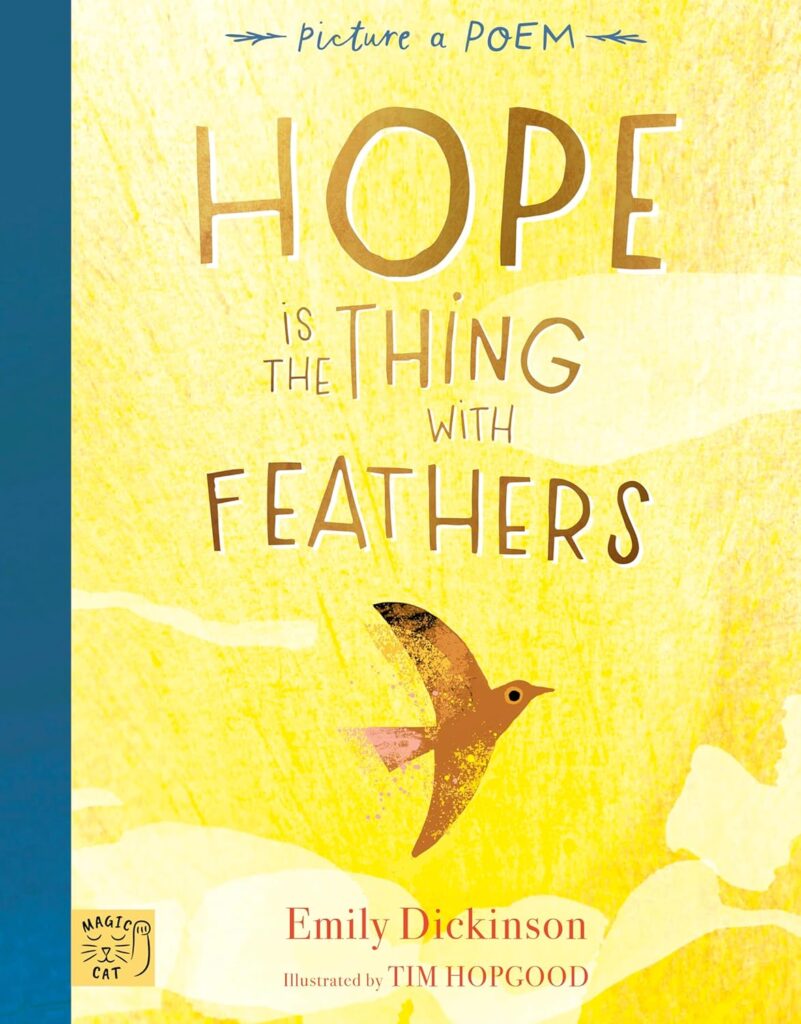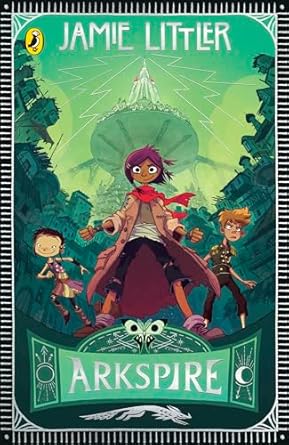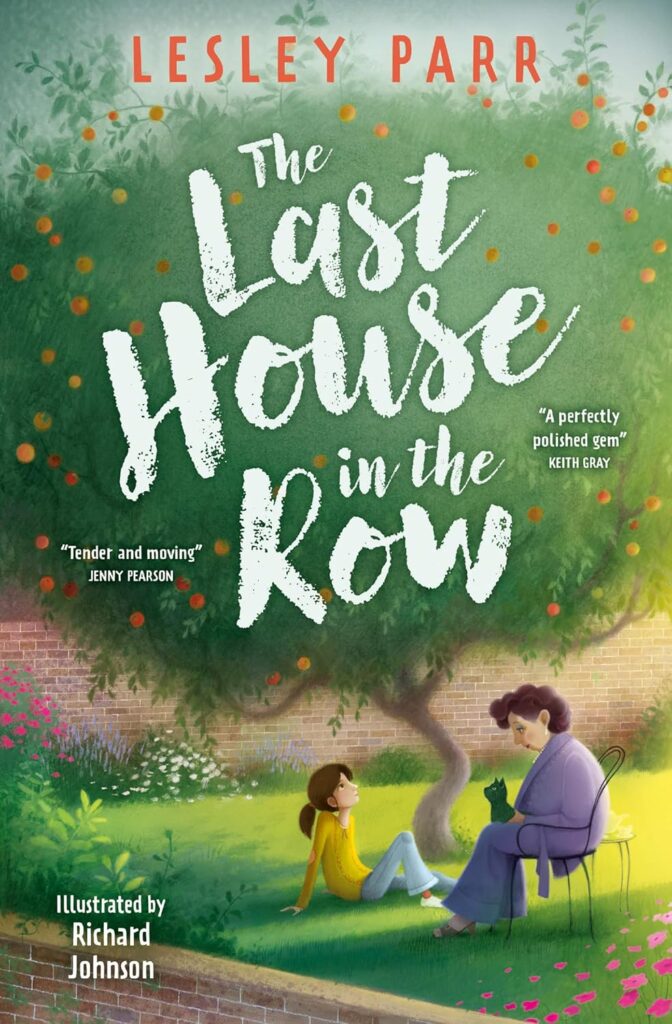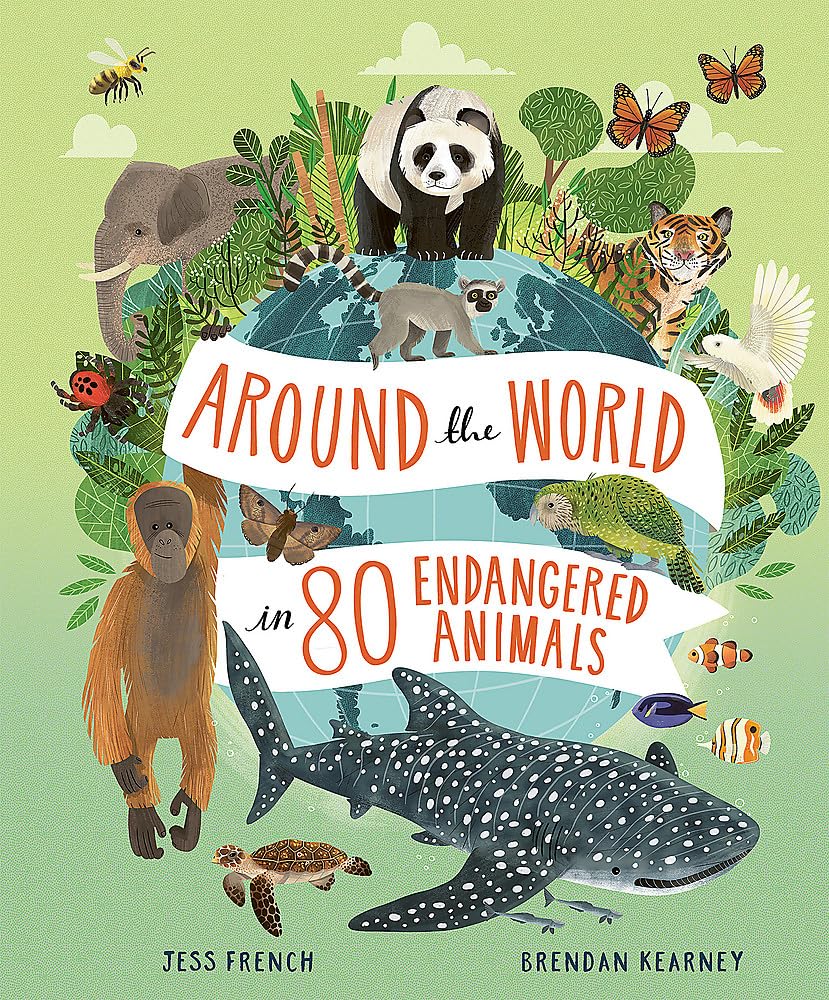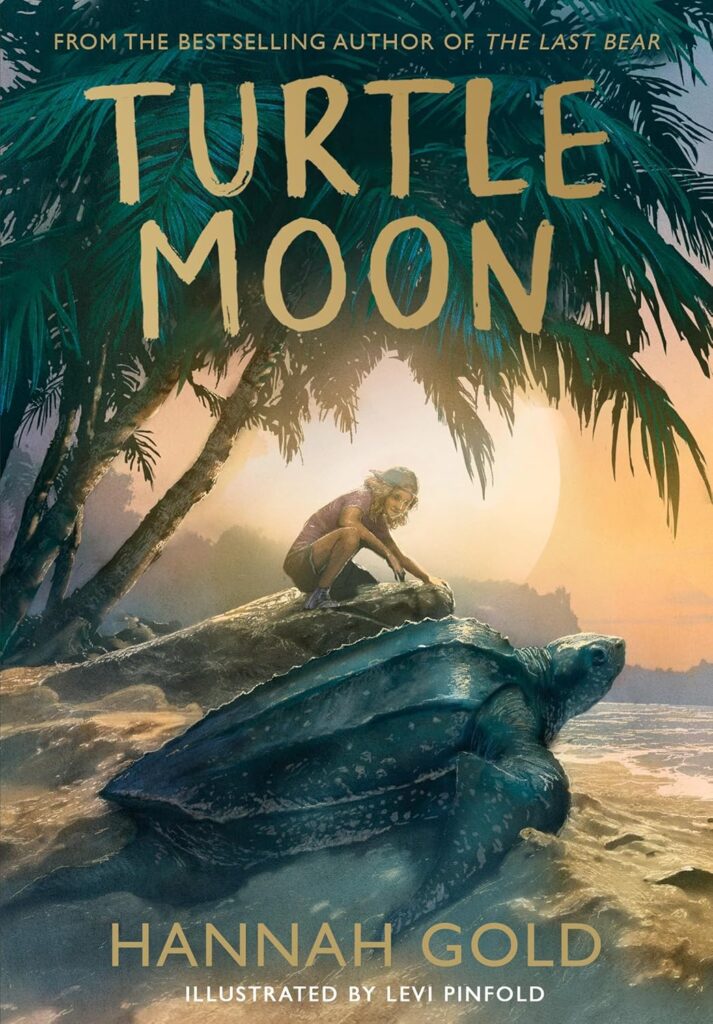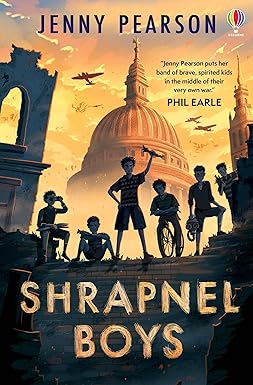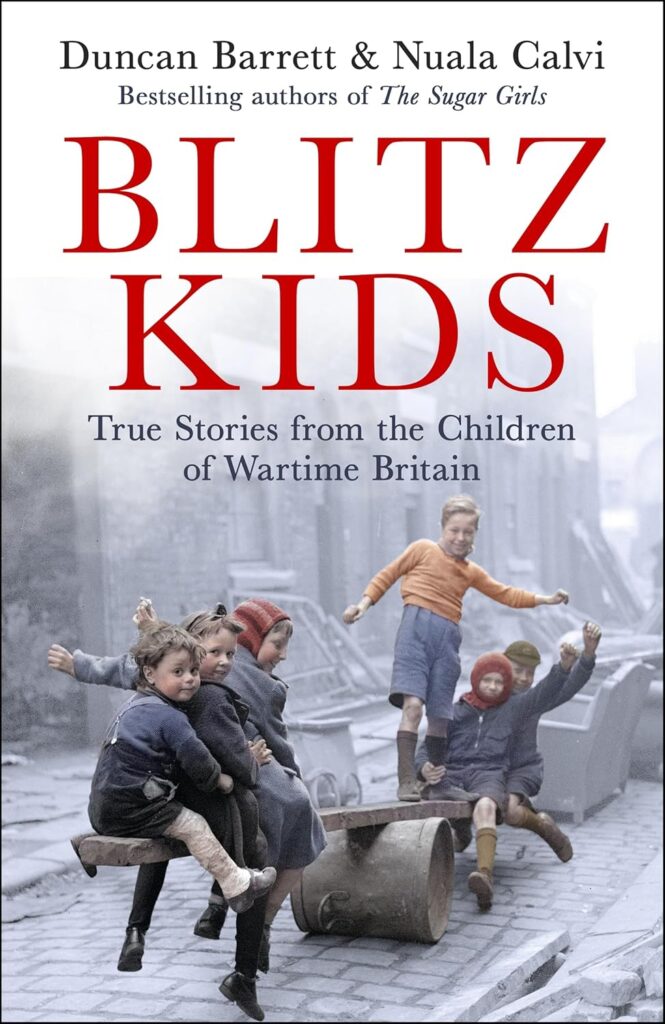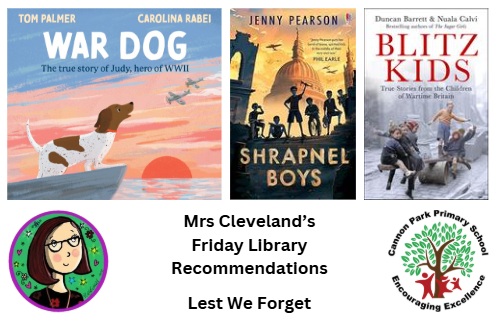Friday Library Recommendations: Christmas
It’s my last #FridayLibraryRecommendations of 2025, so I had to share some of my favourite Christmas books.
For our youngest readers, I’ve chosen The Street Where Santa Lives by Harriet Howe, illustrated by Julia Christians, which celebrates community spirit, empathy and the joy of helping others.
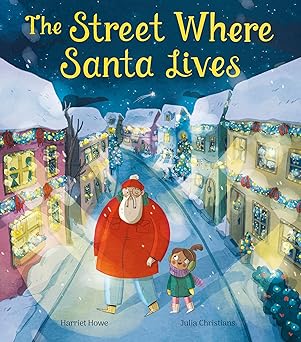
This charming festive story introduces young readers to a thoughtful little girl who is the only one to notice when an elderly man moves in next door. With his snowy white beard, rounded tummy and talent for fixing broken toys in his workshop, she becomes convinced that he must be Santa Claus hiding in plain sight.
When the could-be-Santa neighbour becomes unwell, the little girl takes action. With determination and kindness, she gathers the whole street to help care for him, reminding everyone how important it is to look out for those who may be lonely or needing support, especially older members of the community. Her plan brings neighbours together in a wonderfully warm and hopeful way. The big question, of course, is whether their combined efforts will help him recover in time for Christmas Eve.
Harriet Howe’s writing is gentle, humorous and full of heart, making this an ideal shared read during the festive season. Julia Christians’ cosy illustrations add to the magic, filling the pages with warmth, character and seasonal charm.
My next pick is The Christmas Wish-Tastrophe by Cariad Lloyd, illustrated by Ma Pe, a delightful festive tale. It has recently be released in paperback with the new title, Lydia Marmalade and the Christmas Wish.

Lydia Marmalade, a brave and big-hearted girl who arrives at Lady Partridge’s grand mansion with nothing but her trusty sausage dog, Colin. Recently bereaved and longing for a place to call home, Lydia hopes this winter will bring her a fresh start. Unfortunately, Lady Partridge has other ideas, making it clear that Lydia must be perfectly behaved throughout the season or risk being sent away altogether.
What unfolds is a wonderfully warm and witty adventure, filled with mischief, magic and mayhem. Lydia soon encounters a playful winter sprite whose well-meant help often causes more trouble than expected. Add in a grumpy butler, a perpetually peckish Colin, and the most magical night of the year, and Lydia’s simple wish quickly becomes the spark for a full-blown wish-tastrophe.
Despite the chaos, at the heart of this story lies Lydia’s determination, kindness and hope. Children will enjoy the lively characters and snowy escapades, while adults will appreciate the gentle messages about belonging, resilience and finding light in difficult times.
And finally, for our oldest readers, it wouldn’t be Christmas without a who-dun-it from Fleur Hitcock, and Murder At Christmas is a gripping festive mystery.
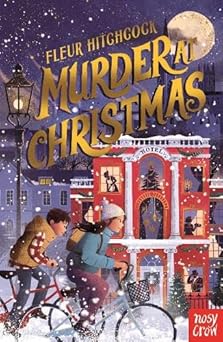
It follows Grace, who returns home to Bath after a long and rather miserable school term, eager to spend Christmas with her mum and younger brother, Billy. Her excitement, however, doesn’t last long. A shocking murder at their hotel disrupts the holiday, and matters become even more unsettling when Grace’s mum suddenly disappears.
Left frightened and unsure whom to trust, Grace is determined to uncover the truth. With Billy beside her, she teams up with two new friends, Olive and Doug. Clever, quick-thinking and brave, the trio help Grace piece together the puzzling events of the night her mum vanished. As the children follow clues around the festive city, they begin to realise that nothing – and no one – at the hotel is quite what they seem.
The story is packed with twists, tension and clever detective work, all set against a wintry backdrop that keeps the pages turning. Despite the darker themes, the book remains accessible, focusing on friendship, bravery and the importance of working together when things feel overwhelming.
Happy reading!



